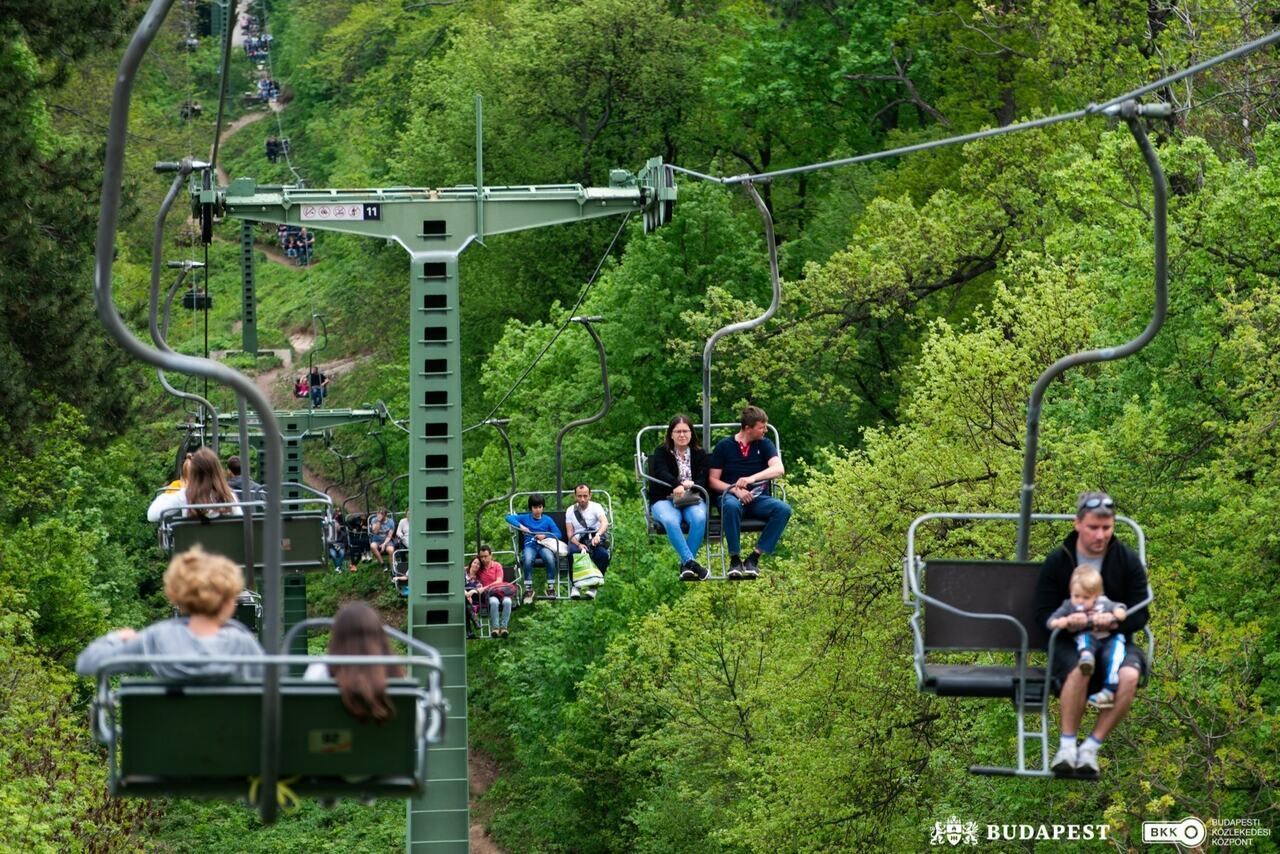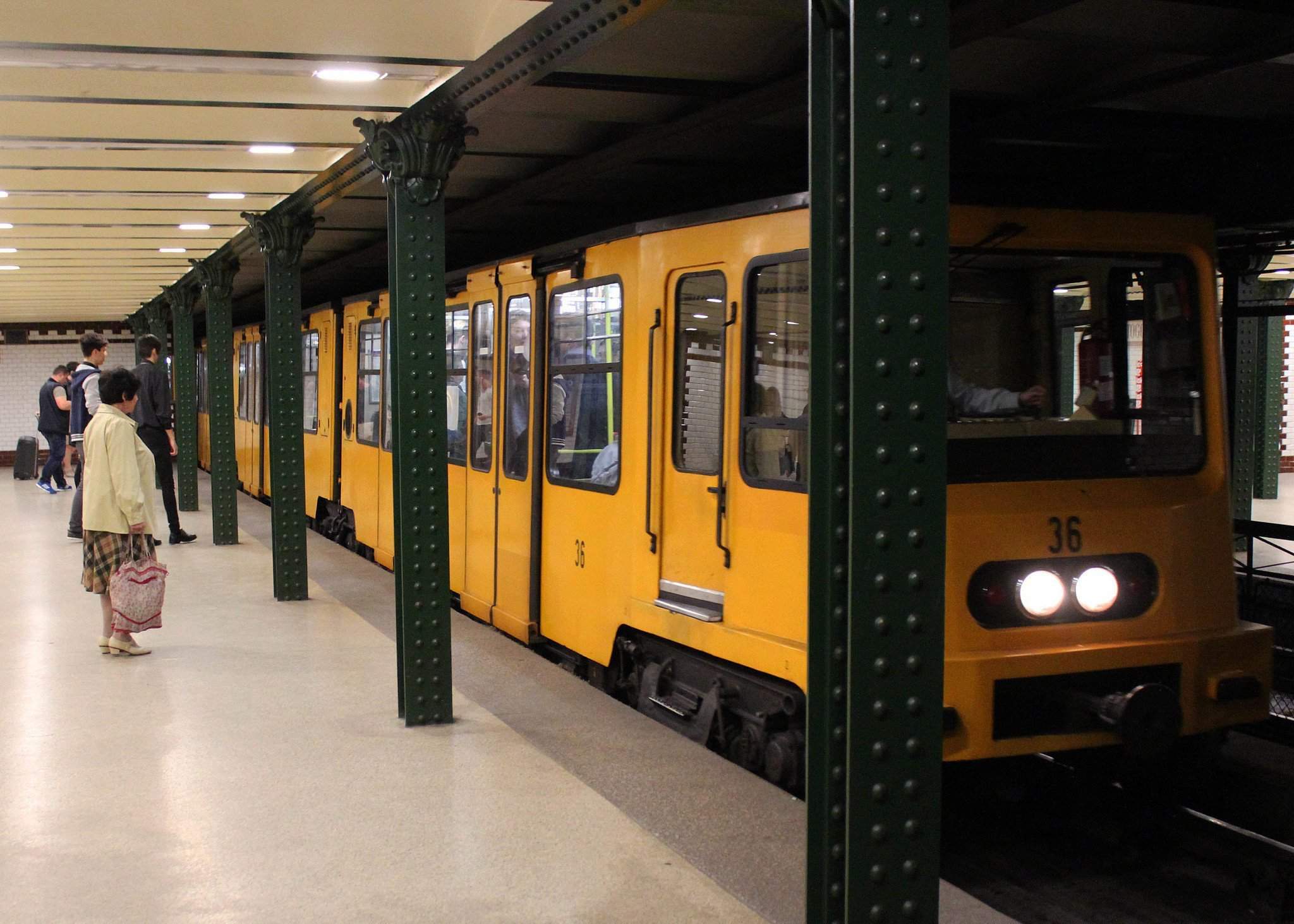The secrets of Budapest Metro Line 1
Metro Line 1 — or M1 for short — is the oldest and most legendary of all the underground lines in Budapest. The “Kisföldalatti” (“Little Underground”) is the first underground railway not only in Budapest and Hungary, but on the entire European continent. The metro built for the Hungarian Millennium was one of the greatest novelties of the Austro-Hungarian Monarchy.
According to Funzine.hu, its construction was becoming necessary by the turn of the 20th century because the traffic on the surface was becoming too heavy for the capital to handle. The construction team had only 21 months to execute the plans.
It was finished by April in 1896 by Siemens and Haske, and it was inaugurated by the emperor of Austria-Hungary Franz Joseph on 3rd May. The metro line was a highly modern invention: the security devices, for instance, had been operating in its original form until 1973.
The 4.4 kilometers long line contains eleven stations. The currently operating stations of the yellow line are the following: Vörösmarty Square (former Gizella Square), Deák Ferenc Square, Bajcsy-Zsilinszky Street (Váczi Avenue). Opera, Oktogon, Vörösmarty Street, Kodály Circus (former Körönd), Bajza Street, Heroes’ Square (former Aréna Street), Széchenyi Bath (former Artézi Bath), Mexikói Street.
The first renewal of the line took place between 1924 and 1930: the rails were entirely replaced and the rakes were modernized.
The second wave of renovations occurred in 1970: the line was extended towards Mexikói Street and the station of Deák Ferenc Square was relocated. The whole process took three years. We might see when we travel by M1 that the two stations mentioned above look different than the other ones.
The third and last renovations so far took place in 1995. The metro line was announced as a part of the world heritage in 2002 along with Andrássy Street. The first of the four metro lines in Budapest still remains as one of the iconic phenomena in the capital of Hungary.

Ce: bm
Source: Funzine.hu
please make a donation here
Hot news
Tourist-favourite Budapest chairlift to finally open this weekend! – PRICES
Trump: Hungarians fight to save Western civilisation
Great news: World’s first retail chain opens new store at Budapest Airport
Hungarian government hopes for a conservative turn in Europe and the US
Trump: Can’t wait to work with Viktor Orbán again as President! – VIDEO
Speakers at CPAC Hungary want to fight against ‘woke ideology, illegal immigration, anti-Semitism’





2 Comments
History tells us, those intellectually smart forward thinking Hungarian of the past, responsible for the concept and the construction and building of the M1 Metro was not centered just on the immediate need of a City’s public transport need, but for future development and expansion of this truly beautiful majestic and historical City of Budapest, Hungary. The M1 – “the small underground” opened in 1896 has not outdated itself been absorbed overtaken by a City of population growth or expansion of its boundaries, but grown with, playing a vital and important part in all aspects of public transportation into the 21st century.
Its loved not just by us that live in this glorious City of Budapest, and get to use the M1 of our choice, but by those who travel, spend time in Budapest and get to ride the M1.
Why didn’t other Cities throughout Europe and the World adapt incorporate into there current and future public transport plans, the techniques used in the building and construction of “the small underground” ?
The City in Australia that I was born and raised Melbourne is currently undergoing a Hugh massive in fact building and construction program centered on the needs of public transportation.
This has occurred decades behind when planning and construction for the needs of people should have taken place from a public transportation perspective, and sees to-day a City absolutely choked by lack of public transport requirements being roads and rail.
May the M1 for decades on be the joy continue to provide and serve as planed by the great forward thinking forefathers of Budapest, Hungary.
Metro 4 rivals the jubilee line in London that is the best line I’ve seen, for a fraction of the cost. Of coarse China builds a mega line a month.
Just general upkeep seems a big problem for Hungarians today. The Russian built lines built in Eastern Europe are amazing for the 70s. The lines in Russia are very well maintained- not just the ornate.
You should do a story on the bright plastic color coded trash containers with signage all over them and line many once beautiful apartment entrances along with the smell.